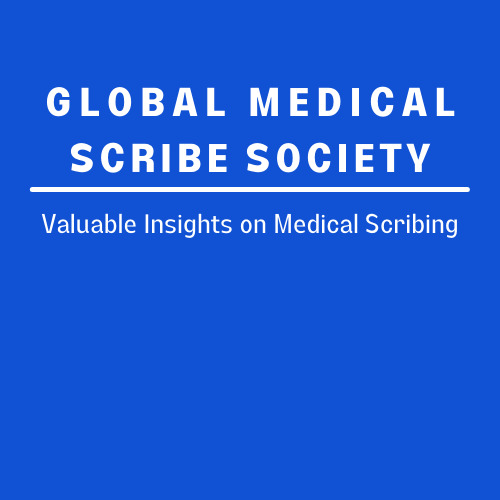
Human scribe:
Time and again, electronic health records have been associated with a documentation burden that contributes to physician burnout. This stems from the fact that physicians spend an excessive amount of time documenting patient visits, leaving less time for direct patient care. Human scribes and technology, specifically Nuance DAX, DeepScribe, and traditional medical scribes, are the two available methods aimed at significantly reducing the time spent on documentation and ensuring high-quality patient care.
In this blog post, we delve into the Nuance DAX, DeepScribe, and Human Scribe options, while scrutinizing the pros and cons they bring to the table.
Nuance DAX: Automated Documentation with AI
Nuance DAX is an AI-powered voice-enabled system designed to enhance efficiency and optimize patient care. It captures physician-patient conversations and automatically converts them into clinical notes. These machine-generated notes undergo a human review to ensure accuracy. While Nuance DAX has its merits, there are also drawbacks. It saves time and reduces cognitive workload but lacks full automation, relying on human quality reviewers. Its implementation can be time-consuming, taking four to six months, and it faces challenges interfacing with EHRs.
Deepscribe: AI-Assisted Real-Time Documentation
DeepScribe, another AI-based technology, eliminates manual note-taking by capturing and summarizing physician-patient conversations in real-time directly into EHRs. While it facilitates time savings and ease of use, DeepScribe may turn off during recording, and it may misinterpret interactions or fail to pick up complex medical conversations accurately.
Medical Scribe: Leveraging Human Expertise
On the other hand, human scribes are trained professionals who handle patient documentation and administrative tasks for physicians in real-time. They record patient interactions into EHRs, allowing physicians to focus solely on patient care. The advantages of human scribes include improved physician-patient relationships, increased productivity, and heightened physician satisfaction. However, the investment in human medical scribes is higher, but the long-term benefits are significant.
Final Thoughts
In conclusion, the increasing demands of EHR documentation and the diminishing time spent with patients have led to the development of modalities such as Nuance DAX, DeepScribe, and human scribes to alleviate the administrative burden on physicians. The choice between these options depends on the specific needs of a medical practice. Whether opting for Nuance DAX, DeepScribe, or medical scribes, the ultimate goal is to lighten the load on physicians and enhance patient-centered communication. If you are choosing traditional medical scribes, there are many scribe service providers out there who can provide accurate, complete, and relevant notes, thus improving the overall quality of care.
